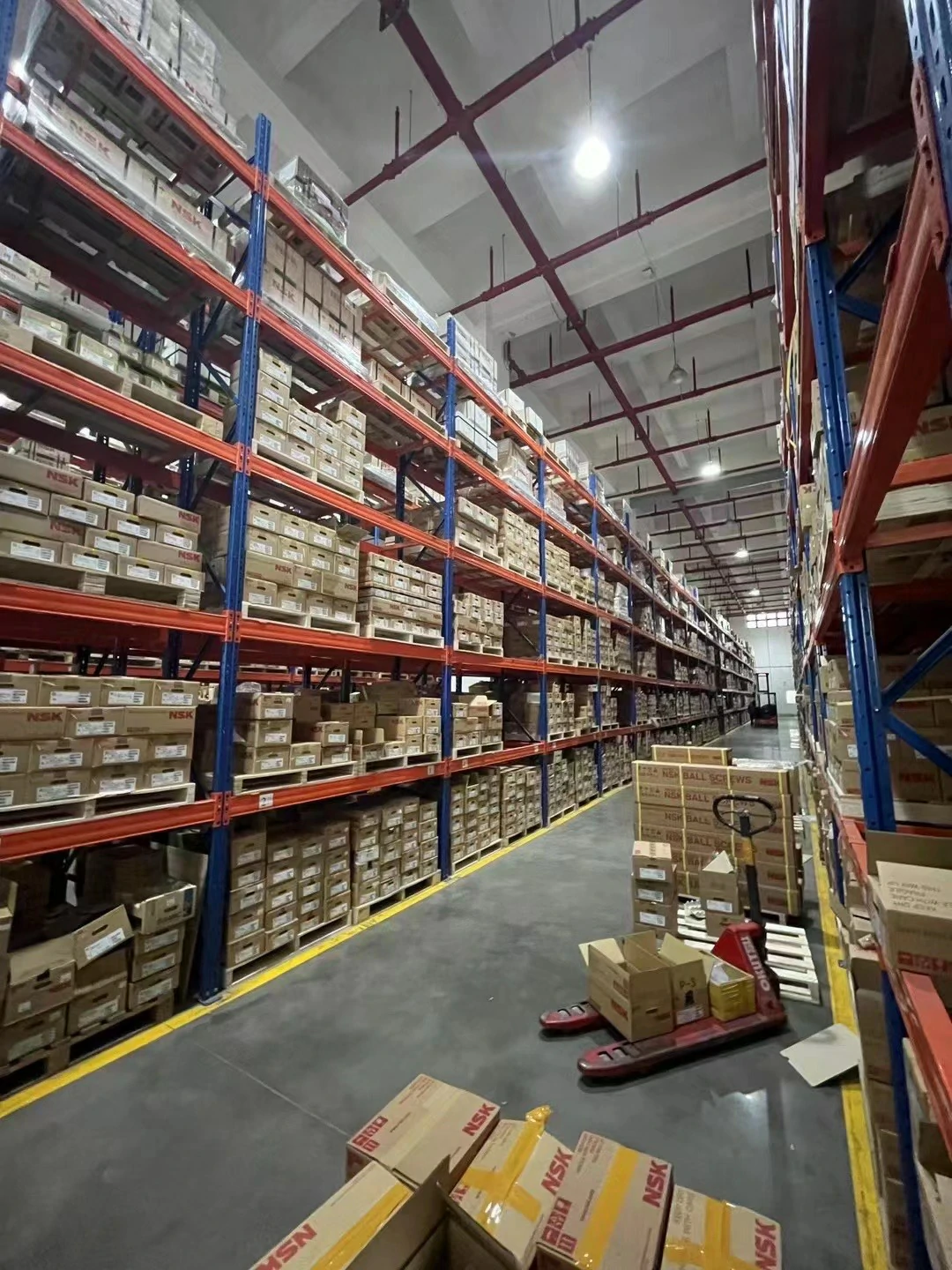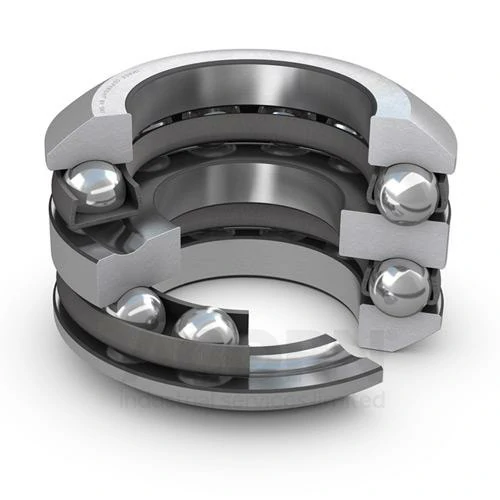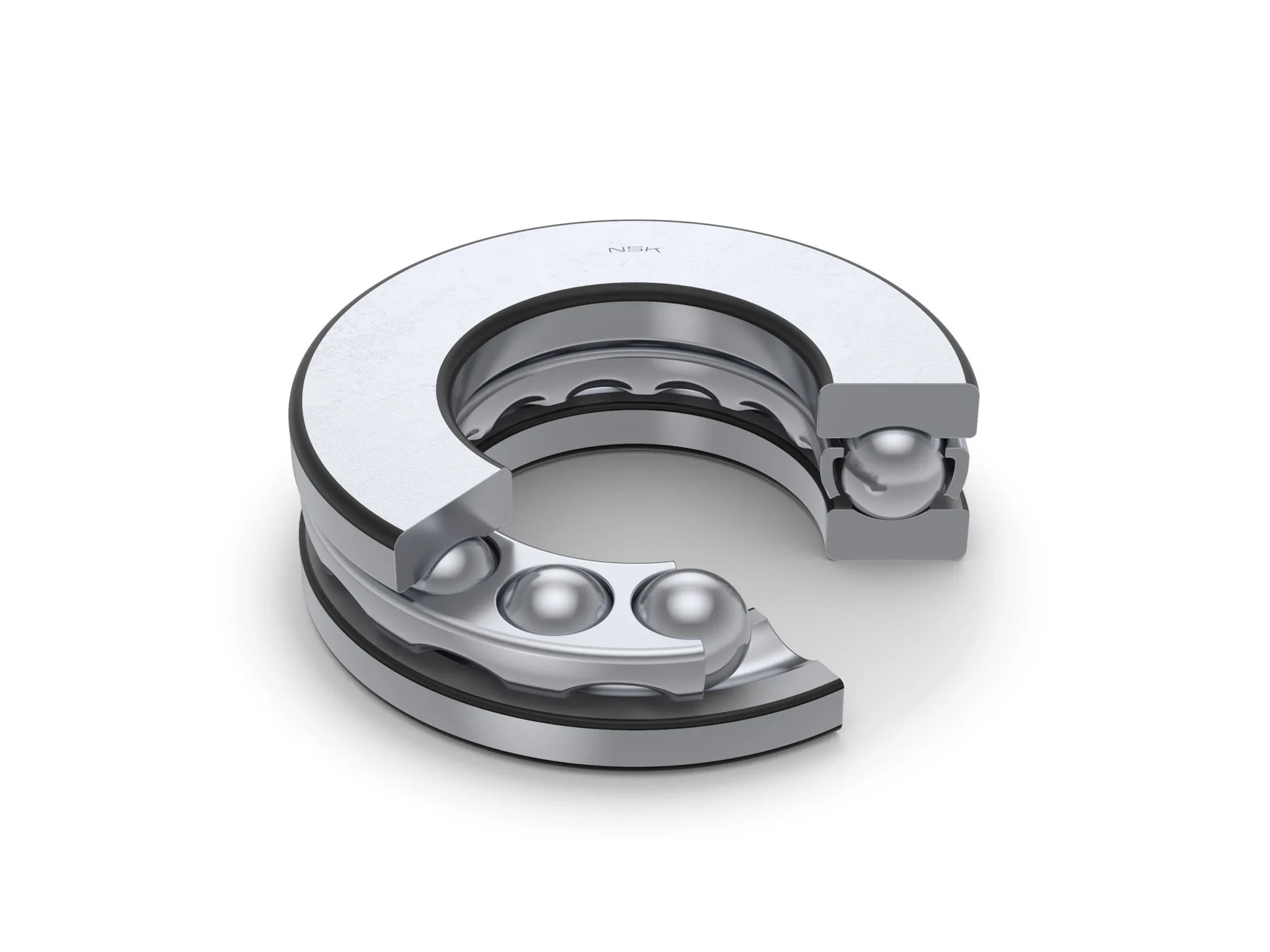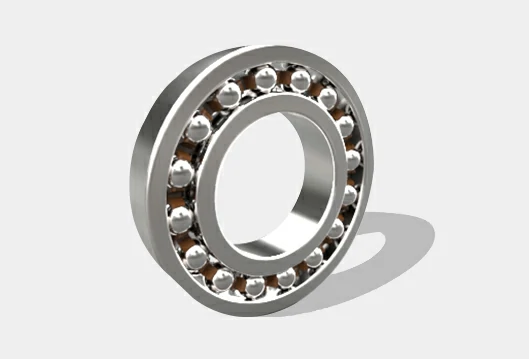Rolamento axial de esferas com assento de alinhamento
Os rolamentos axiais de esferas com assentos autocompensadores são um tipo de rolamento melhorado que combina a capacidade de carga axial dos rolamentos axiais de esferas com a função de ajuste automático dos assentos autocompensadores. Podem lidar eficazmente com erros de instalação e desvios de eixo para garantir um funcionamento suave.
Aplicações
Máquinas pesadas: equipamentos como gruas e escavadoras que exigem uma elevada capacidade de carga.
Produção de energia hidroelétrica: Em equipamentos como as turbinas, proporcionam um suporte estável e reduzem a concentração de tensões.
Equipamento de fabrico de papel: Suporta operações a alta velocidade e cumpre requisitos de alta precisão.
Máquinas de exploração mineira: Adaptar-se a condições de trabalho complexas e reduzir os danos causados por um mau alinhamento.
Vantagens
Auto-alinhamento automático: Compensa os erros de ângulo e prolonga a vida útil.
Carga bidirecional: Pode suportar cargas axiais em ambas as direcções, positiva e negativa.
Grande durabilidade: Adequado para cargas pesadas e ambientes agressivos.
Funcionamento suave: O design de alta precisão garante um funcionamento suave.
Baixo custo de manutenção: Reduz a necessidade de reparações frequentes.
Uma análise global dos rolamentos axiais de esferas com assentos de alinhamento
Rolamentos axiais de esferas com assentos de alinhamento são um componente mecânico optimizado. Para além das funções básicas dos rolamentos axiais de esferas normais, também têm um design adicional de assento de auto-alinhamento, que pode corrigir automaticamente os desvios de ângulo e lidar eficazmente com inconsistências de ângulo causadas por erros de instalação ou flexão do eixo. Este rolamento é composto por um grupo de esferas, pistas interiores e exteriores, um anel central do eixo e um assento autocompensador, e tem uma elevada capacidade de carga e um desempenho adaptável.
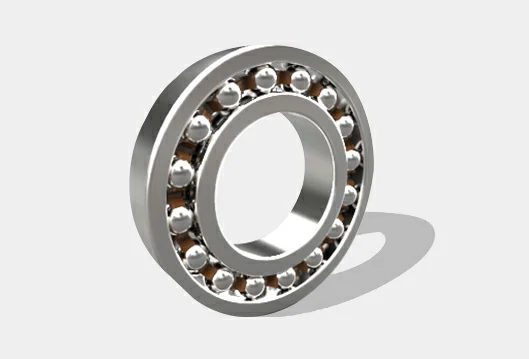
Áreas de aplicação e caraterísticas do produto
Os rolamentos axiais de esferas com assentos de alinhamento são amplamente utilizados nos seguintes cenários:
Grandes equipamentos mecânicos: Fornecer apoio estável em gruas e escavadoras para se adaptarem a cargas pesadas e a condições de trabalho complexas.
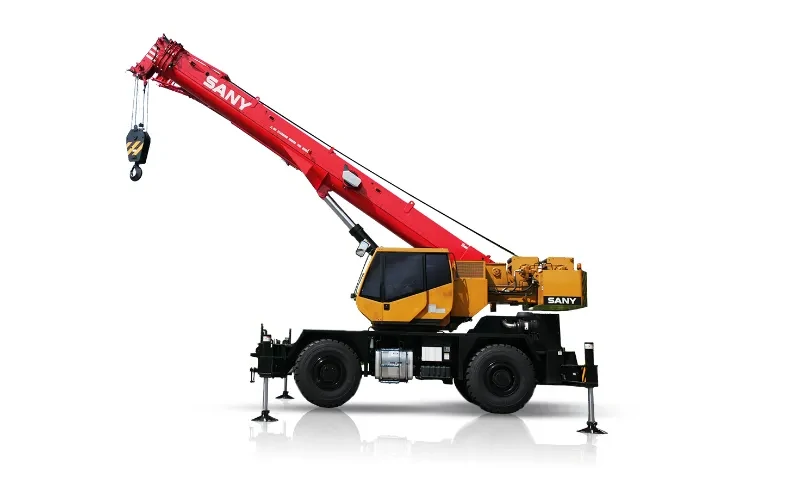
Equipamento hidroelétrico: Nas turbinas, ajustar os ângulos para reduzir a concentração de tensões e aumentar a vida útil do equipamento.
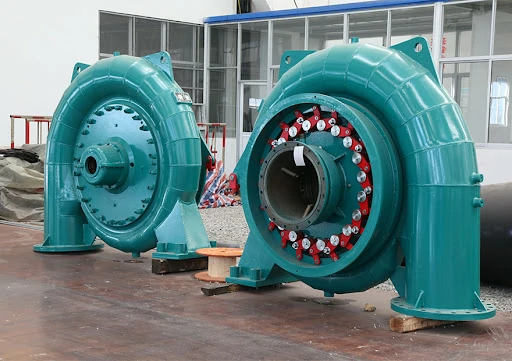
Equipamento para pasta e papel: Assegurar um funcionamento eficiente e cumprir os requisitos de alta velocidade e alta precisão.
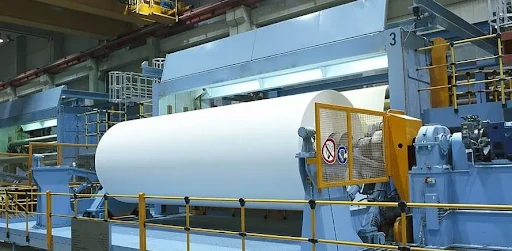
Equipamento mineiro: Compensar os desvios nas máquinas de exploração mineira e reduzir a probabilidade de falhas causadas por um mau alinhamento.
A função de auto-alinhamento torna-o particularmente notável em situações em que o eixo não é paralelo ou está desalinhado.
Principais vantagens
Capacidade de ajuste automático: Compensa os erros angulares durante a instalação através do alinhamento dos assentos para melhorar a estabilidade operacional.
Suporta cargas bidireccionais: Concebidos para suportar cargas nas direcções axiais positivas e negativas, adequados para ambientes complexos.
Durabilidade superior: São utilizados materiais de elevado desempenho para fazer face a condições de trabalho difíceis e prolongar a vida útil.
Manutenção simples: O design de alinhamento automático reduz a necessidade de manutenção e substituição frequentes.
Funcionamento eficiente: A conceção estrutural de alta precisão garante um funcionamento suave e fiabilidade mesmo sob cargas elevadas.
FAQ
Qual é a diferença em relação aos rolamentos axiais de esferas normais?
Este rolamento tem a capacidade de ajustar automaticamente o ângulo para compensar os desvios, o que os tipos normais não conseguem fazer.
A que é que devo prestar atenção durante a instalação?
Certifique-se de que os assentos de alinhamento e a base de montagem encaixam bem.
Utilizar lubrificantes adequados às condições de trabalho.
Evitar uma montagem forte para não danificar os componentes da chumaceira.
Pode suportar cargas radiais?
Não, este tipo de rolamento só é concebido para cargas axiais; se for necessário apoio radial, deve ser selecionado um rolamento composto.
É adequado para ambientes com temperaturas elevadas?
Sim, mas tem de estar equipada com uma almofada de assento de alinhamento resistente a altas temperaturas e um lubrificante especial.
Como avaliar se os bancos de alinhamento estão a funcionar corretamente?
Verificar regularmente se existem vibrações ou ruídos anormais, observar se existem fissuras ou desgaste e substituí-los imediatamente se forem detectados quaisquer problemas.
Resumo
Impulso rolamentos de esferas com assentos de alinhamento são ideais para equipamentos pesados e indústrias de alta precisão devido ao seu excelente desempenho de ajuste automático e forte capacidade de suporte de carga. A sua conceção reduz os riscos causados por uma instalação incorrecta e melhora a eficiência da utilização do equipamento. Ao selecionar, é necessário combinar as necessidades reais de utilização, considerar de forma abrangente a carga, o ambiente e os custos de manutenção, de modo a conseguir uma dupla otimização do desempenho e da economia.
